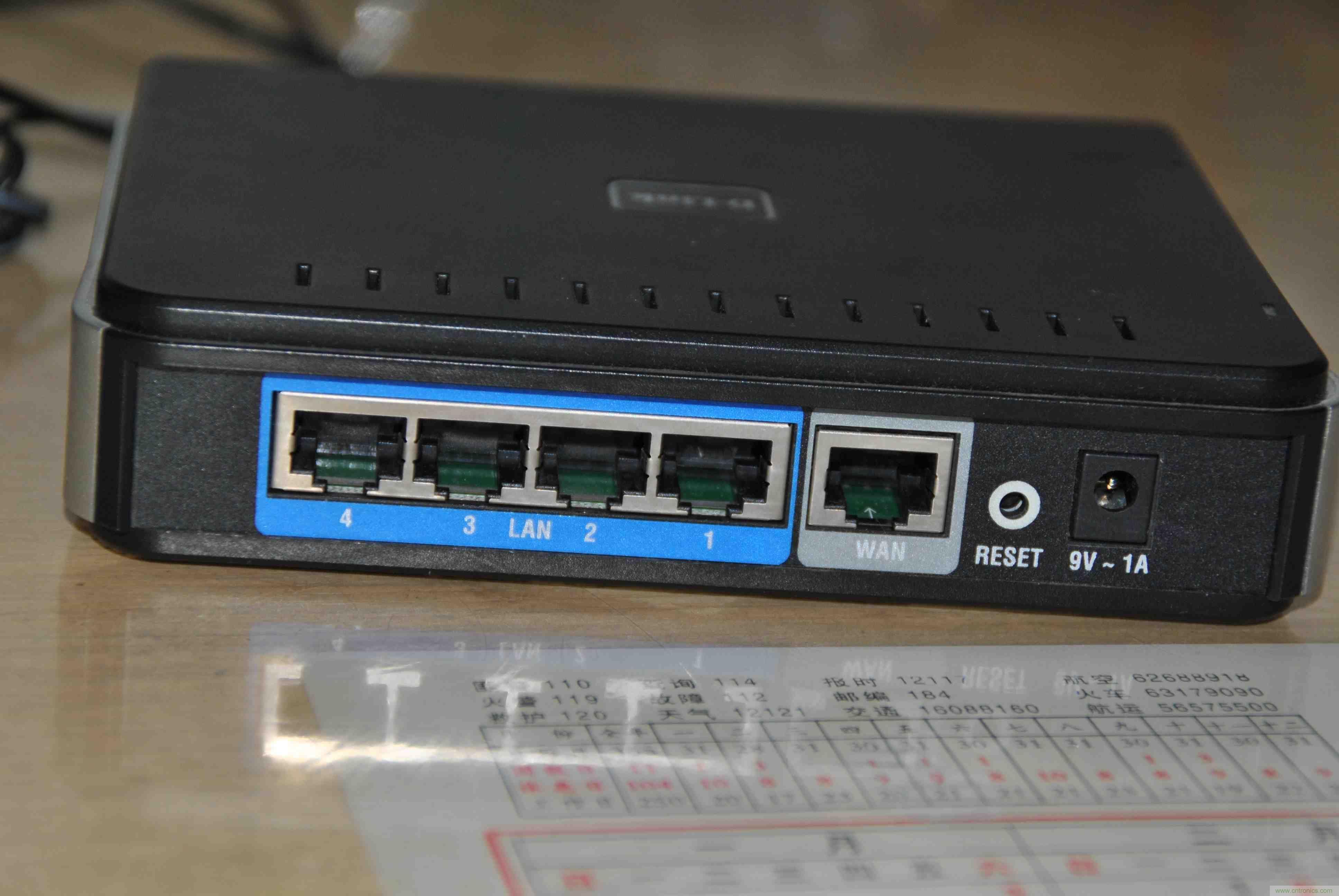SPOTO focus on IT certification training for 16 years. Over 16 years, SPOTO helped tens of thousands of candidates achieve their Cisco CCNA, CCNP, CCIE, CISSP certification. Subscribe us and get more news.
Static route failure
1, static routing and class lookup
When the routing table process checks for a resolvable static route that uses an intermediate address (the IP address referenced as the next hop in the routing table), this check is always done in the classified mode, regardless of whether the IP classless command is used. If the intermediate address in the routing mode cannot be resolved in the routing table, the static route is deleted.
Use show ip route to view the routing table.
Use debug to show that a network is down.
If a classless mode is used and a default route exists, the backup session route with a high administrative distance will never be loaded into the routing table when the primary static route fails. This is because any static route, even a static route to an intermediate address that does not exist, will be resolved using the default route.
The CISCO routing table process invokes a static routing function that checks the routing table every 60S to install or delete static routes based on dynamically changing routing tables.
2. Static routing and intermediate address
Static routes can be created using intermediate network addresses or outbound interfaces. In most cases, it is more efficient to use the outbound interface to resolve static routes in the routing table process.
As long as the intermediate IP address can be resolved in the routing table, it does not have to be the interface of the real next hop router. A static network route (such as an intermediate address) must eventually be resolved to a route with an outgoing interface in the routing table.
Whenever a routing table process needs to use a static routing table entry for an x.x.x.0/24 network, it also needs to resolve the intermediate address y.y.y.y, called a recursive lookup. An additional route lookup may have little impact on the performance of the routing process. However, taking multiple recursive lookups to get resolved static routes can affect performance.
3, static route optimization
To avoid recursive lookups: Serial network: use the outbound interface
Ethernet network: use an intermediate address and outgoing interface at the same time
4, repeated static routing installation and deletion
Use static interfaces instead of intermediate addresses to configure static routes whenever possible.
5, use the drop route
Sometimes there are loops in the network. The results of the routing loop can be seen by periodically looking at the counters on the router interface.
Clear counters serial0/0
Show interface serial0/0
The problem with routing loops creates a black hole in the network. The packet is dropped once the lifetime (TTL) in the IP header is reduced to zero.
Resolution 1: No IP classless - Use no ip classless on the user's network router. The router does not use any supernet or default route when at least one known subnet exists. But not the first choice. Because it changes the routing table lookup behavior of all packets.
Resolution 2: Use a drop route - When there is no specific match in the routing table and a supernet or default route is used to forward those packets is not appropriate, a drop route sends the packet to null0, the bit bucket.
Ip route x.x.0.0 255.255.0.0 null0
Ip route x.x.0.0 255.255.0.0 null0 200
The latter command line configures another drop route that is only used when the primary route fails. This is achieved by changing the default administrative distance of the static route to a higher value than the administrative distance of the dynamic routing protocol used.

 Join Telegram Study Group ▷
Join Telegram Study Group ▷














